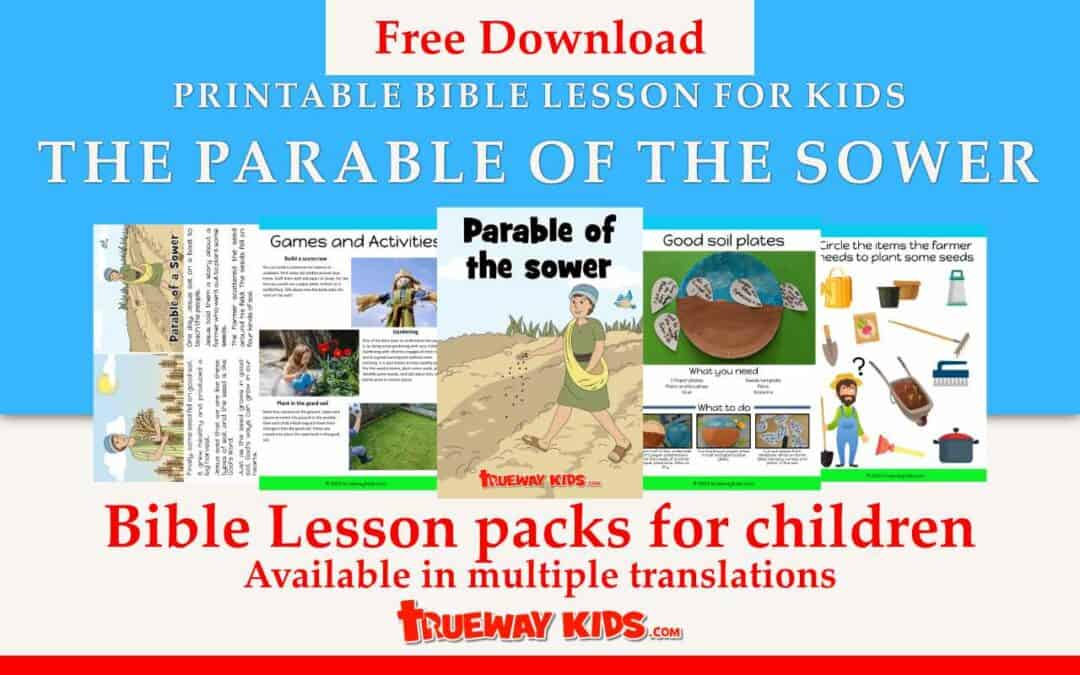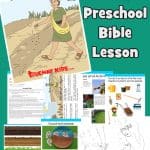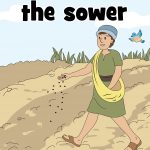In this lesson we are exploring Jesus’ parable of the sower. This parable is found in three Bible passages: Matthew 13:1-23, Mark 4:1-20, and Luke 8:4-15.
Some of our main points are:
- Our heart must be responsive to God’s Word.
- We can ask for help to understand the Bible.
- We must share God’s truth with others.

Lesson Guide – The parable of the sower
Begin this week’s lesson by creating four fields with your child. To do this, you will need four plastic containers or seed trays. Fill each container with a layer of soil and then follow the steps in the parable.
- Create a path across the field. Have your child step on the soil to compress it and make it hard.
- Cover the field in rocks
- Find some garden weeds and twigs to place in the field
- Leave the soil looking nice and clean.
Give you child some seeds and ask them “which field would be the best to plant the seeds?”
Remind your child that a parable is a story Jesus taught to help people understand important truths. In this parable, Jesus wanted the people to understand the effects of God’s Word and his teaching on their hearts.
Read the parable from your children’s Bible and review the fields you have created as you go along.
Play a listen game such as ‘Simon says’. Speak about how it is important that we listen careful and obey the correct things.
Talk about ways we respond to what people tells us. For example, maybe your child tries to tell you something important when you are busy, and you do not really pay attention. Ask them how that makes them feel, apologise and remind them that what they tell you is really important.
Share that more and more people came to listen to Jesus’ teaching, but many of them did not have the right heart to listen and obey him.
Read the second part of the passage where Jesus’ explains the parable. Show how the disciples did not understand it is meaning so asked Jesus to explain it. Remind your child how God knows we have a lot to learn and that we may not understand everything in the Bible. When we do not understand something, we can pray and ask God to help us understand it. Think of people we could ask to help us understand the Bible.
Share how the seed that landed on good soil went on to produce a great harvest. Slice a tomato, watermelon or another fruit with seed inside and count out some of the seeds with your child. Explain how a seed produces another plant which in turn creates many fruits and many more seeds. Think about how God wants us to share His truths with others and to plant seeds for Him. Think of ways we can do this.
Free Printable Bible Story
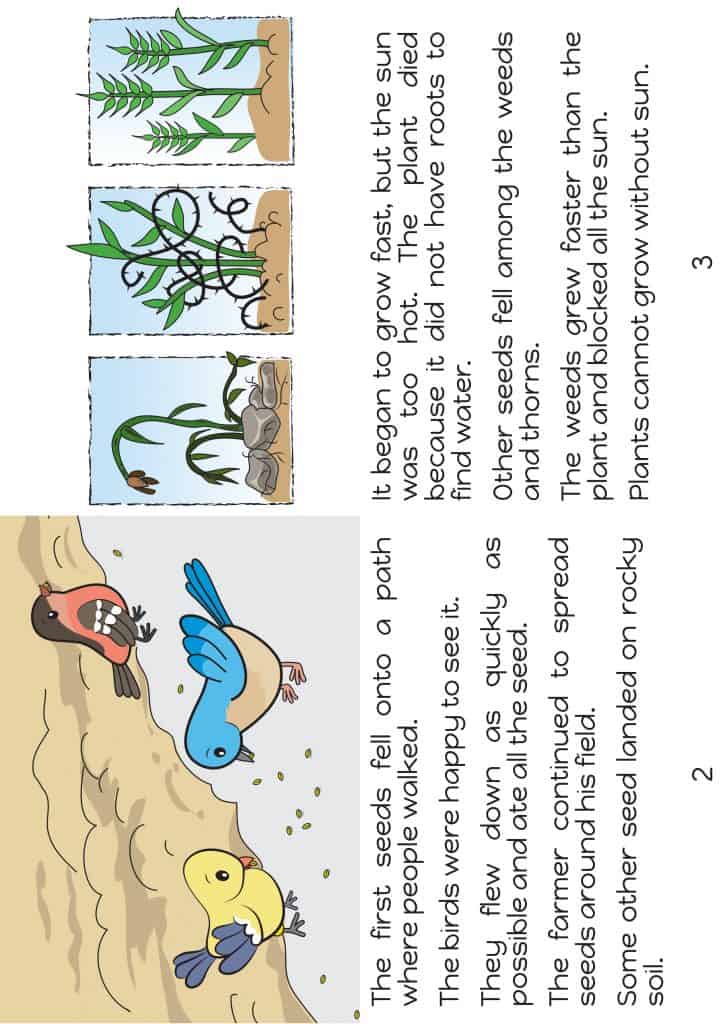
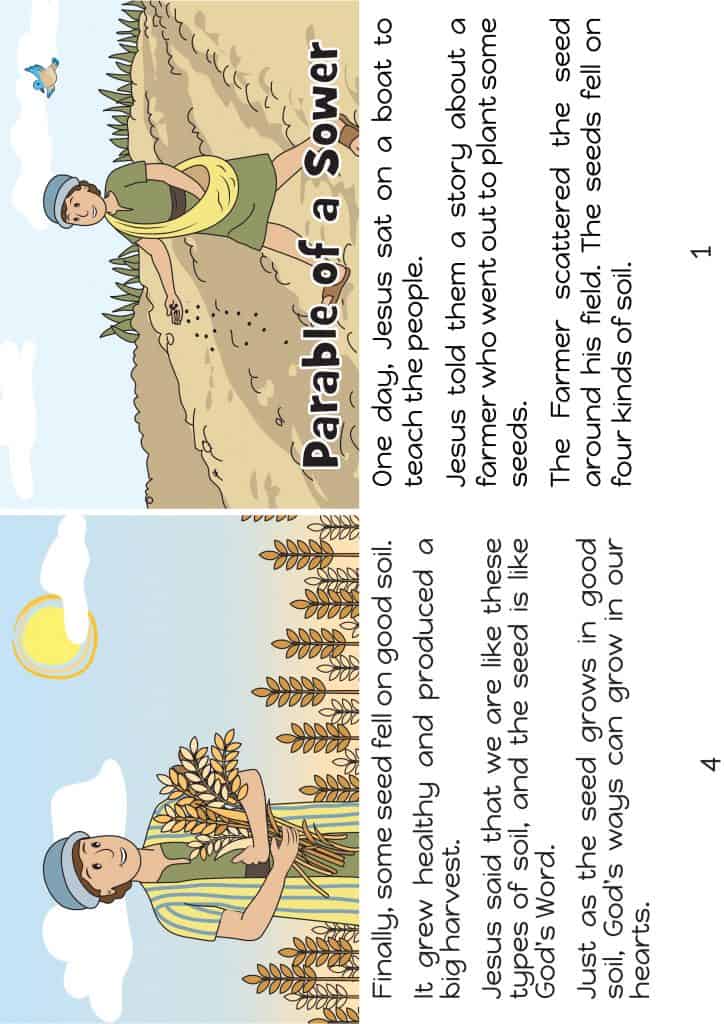
Games and Activities
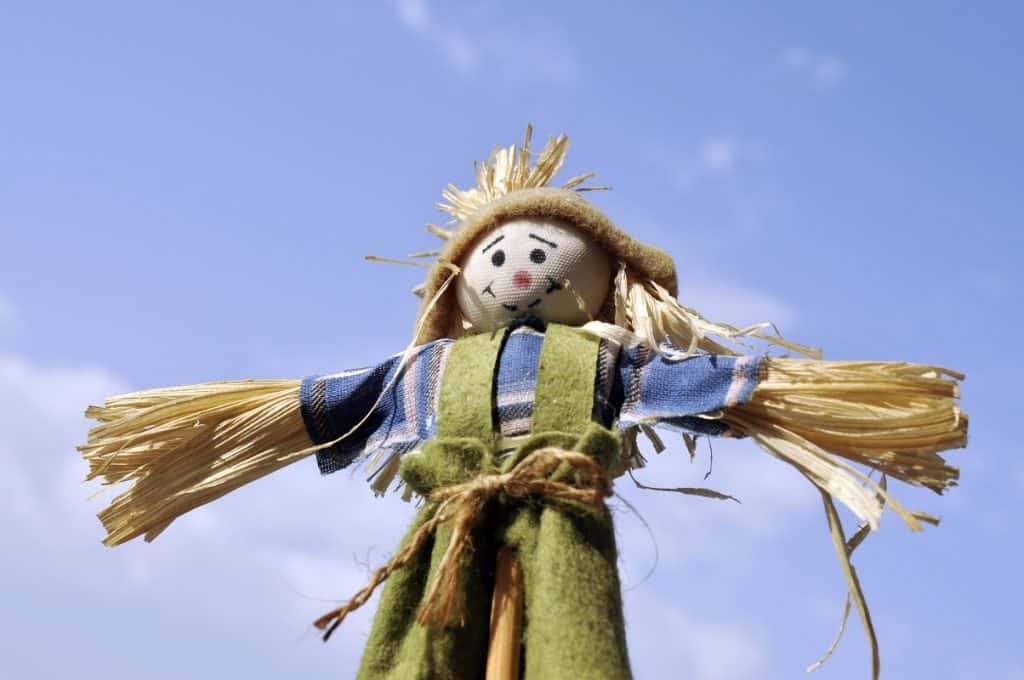
Build a scarecrow
You can build a scarecrow for indoors or outdoors. Find some old clothes around your home. Stuff them with old paper or straw. For the face you could use a paper plate, balloon or a stuffed face. Talk about how the birds stole the seed on the path.

Gardening
One of the best ways to understand this parable is by doing some gardening with your children. Gardening with children engages all their senses and is a great learning tool without even realizing. It is also shown to help healthy eating. For this week’s lesson, plant some seeds, pick and identify some weeds, and talk about why certain plants grow in certain places.
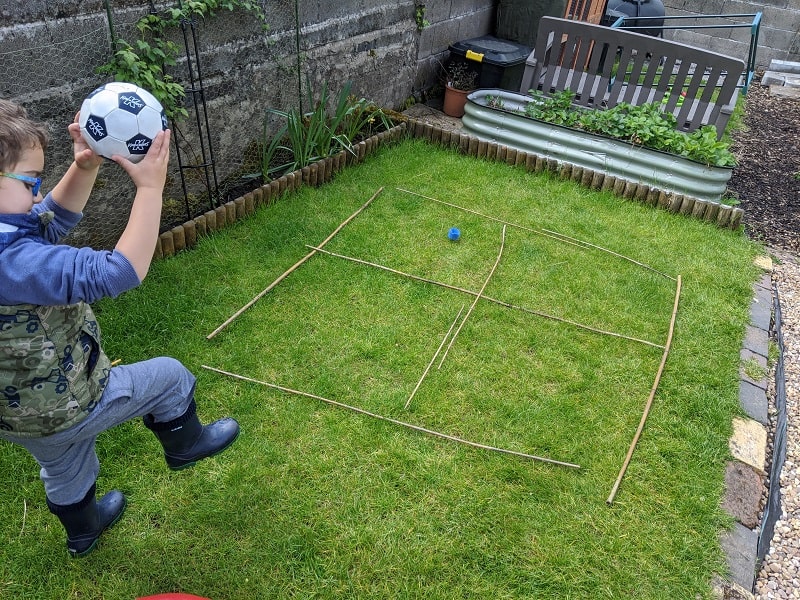
Plant in the good soil
Mark four squares on the ground. Label each square to match the ground in the parable. Give each child a bean bag and have them through it into the good soil. Points are scored only when the seed lands in the good soil.
Worksheets
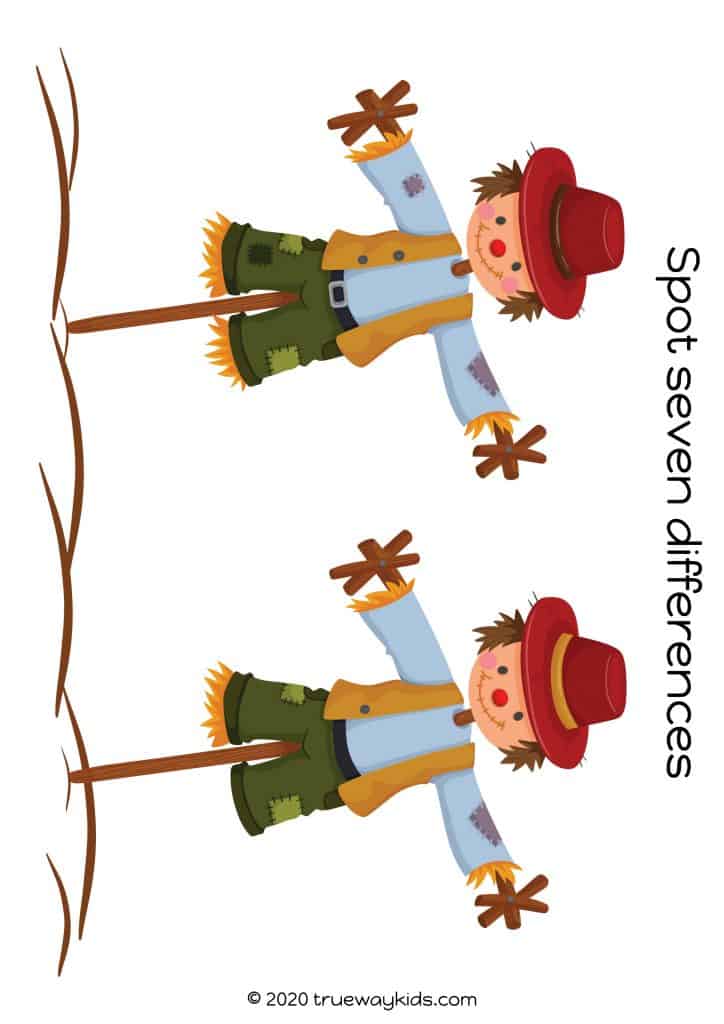
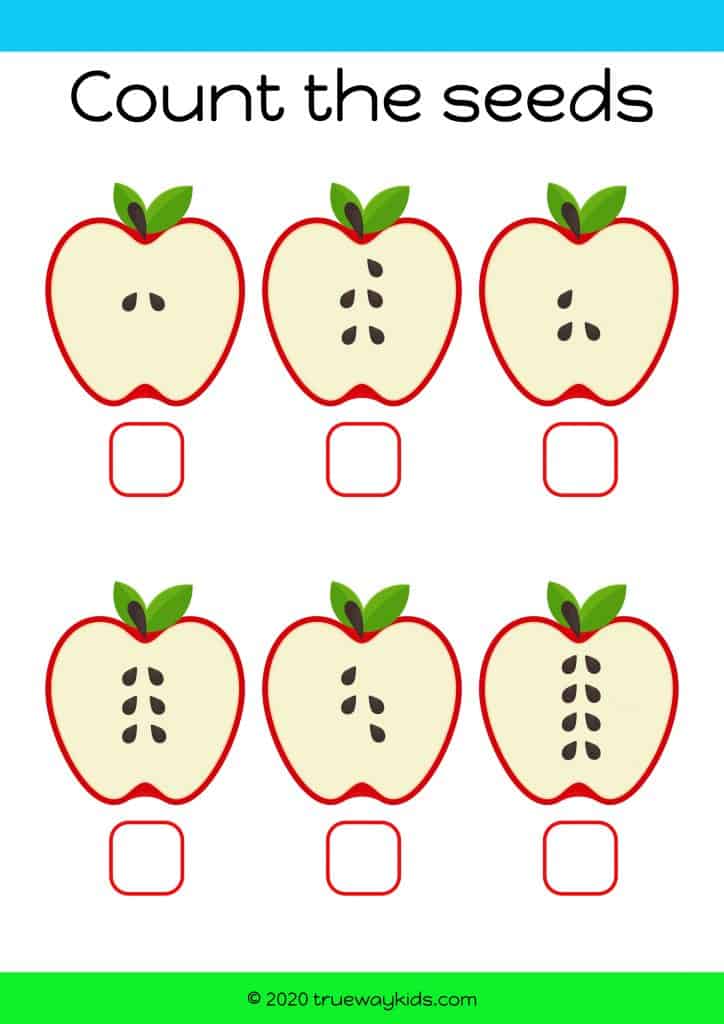
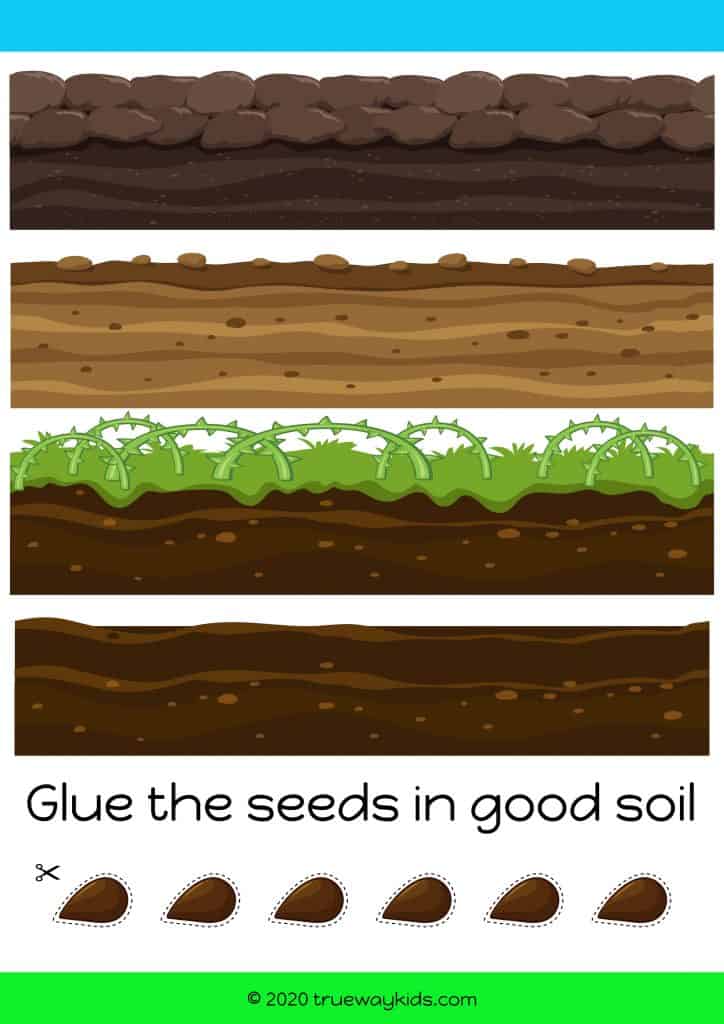
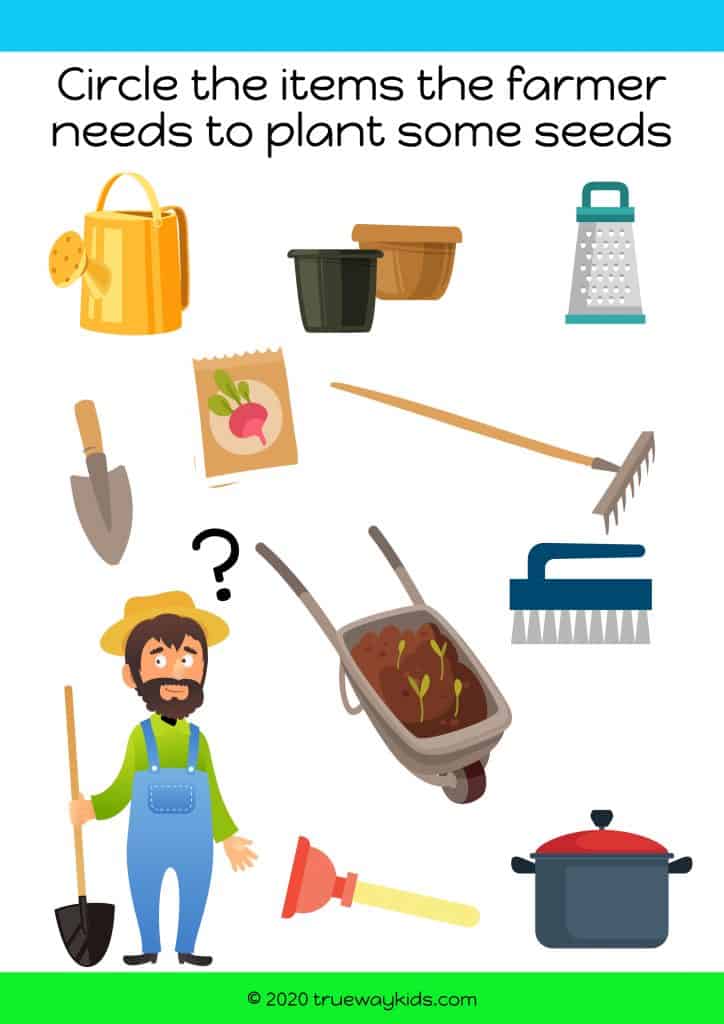
Free Bible Coloring Pages – The parable of the sower
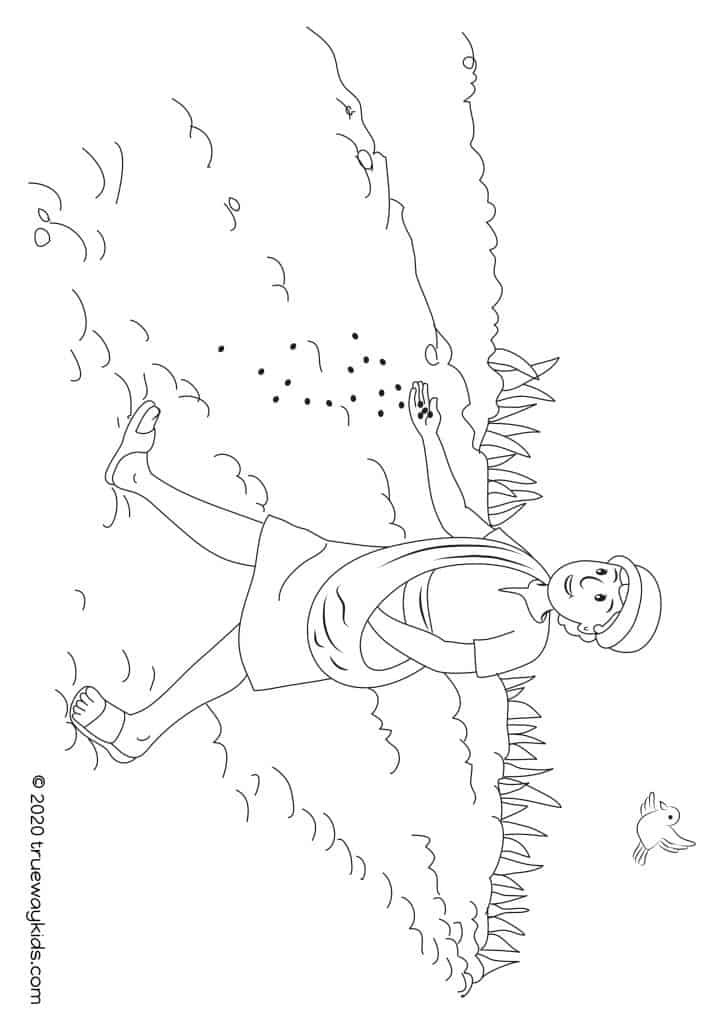
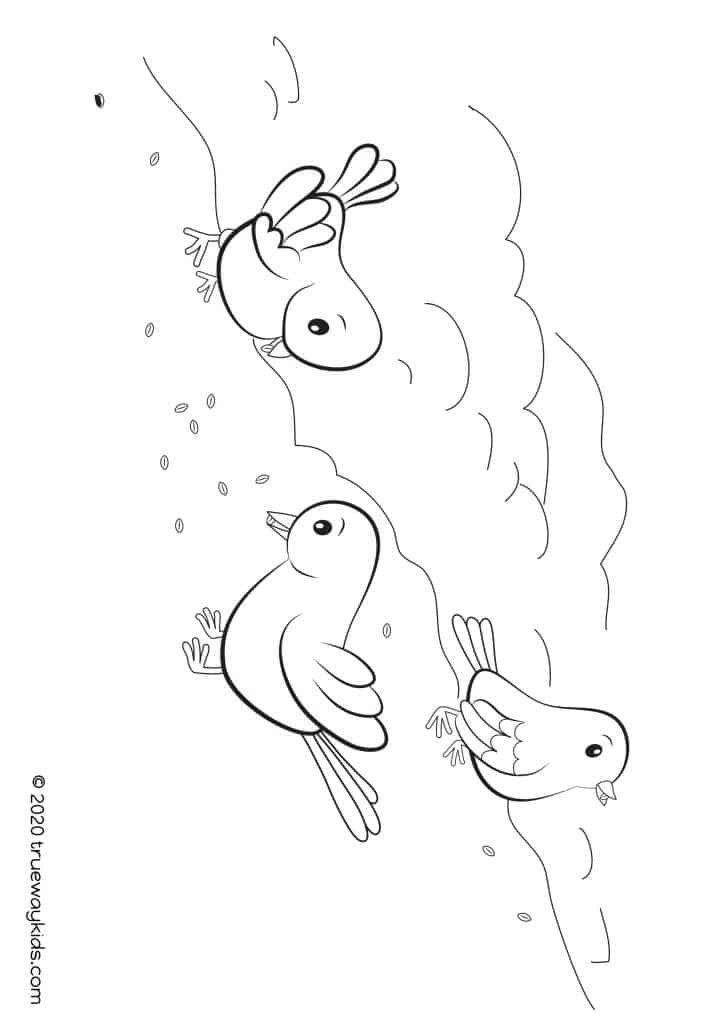
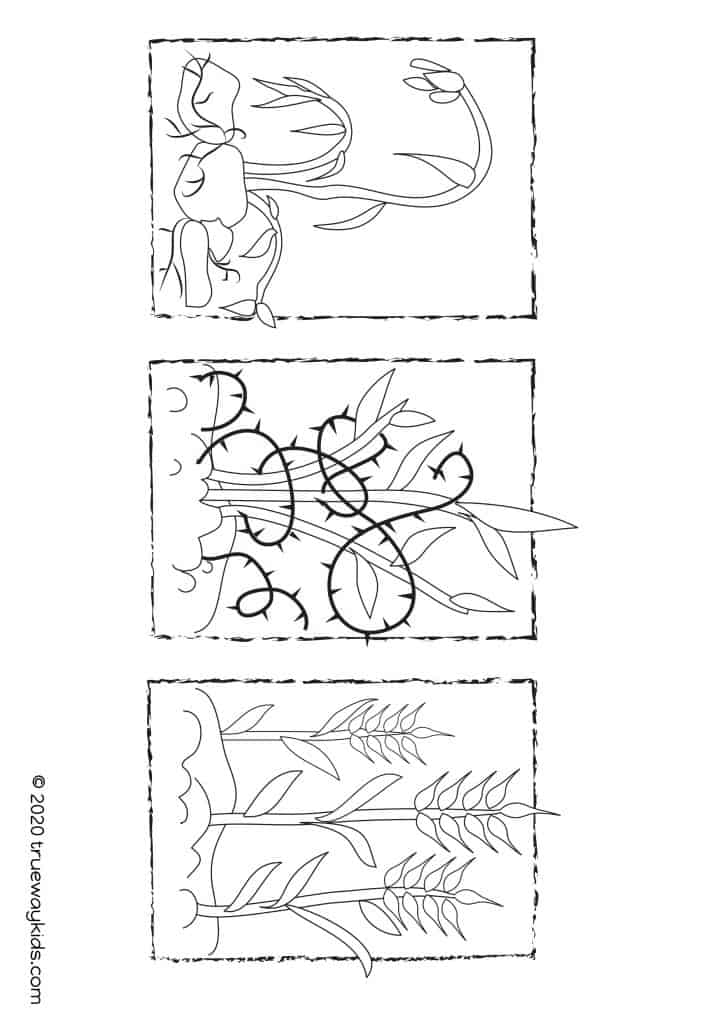
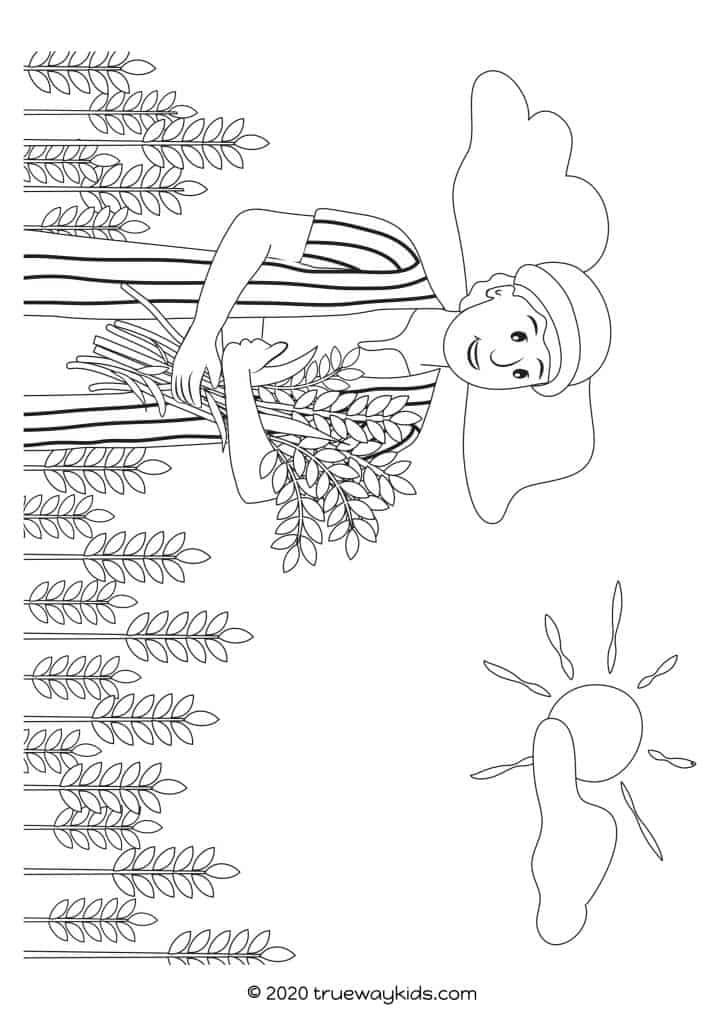
Craft – Good soil plates
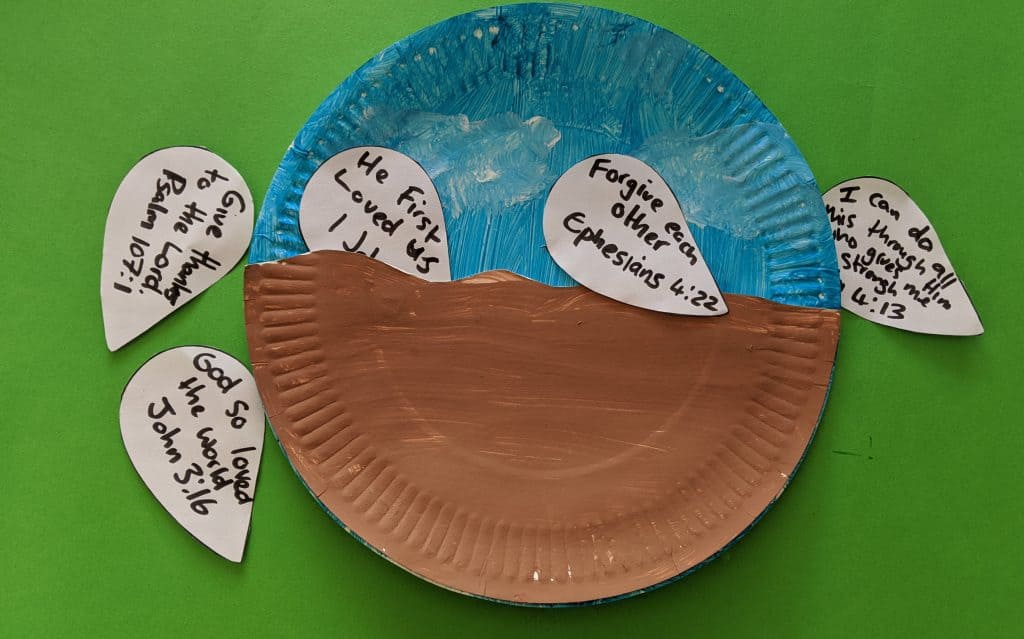
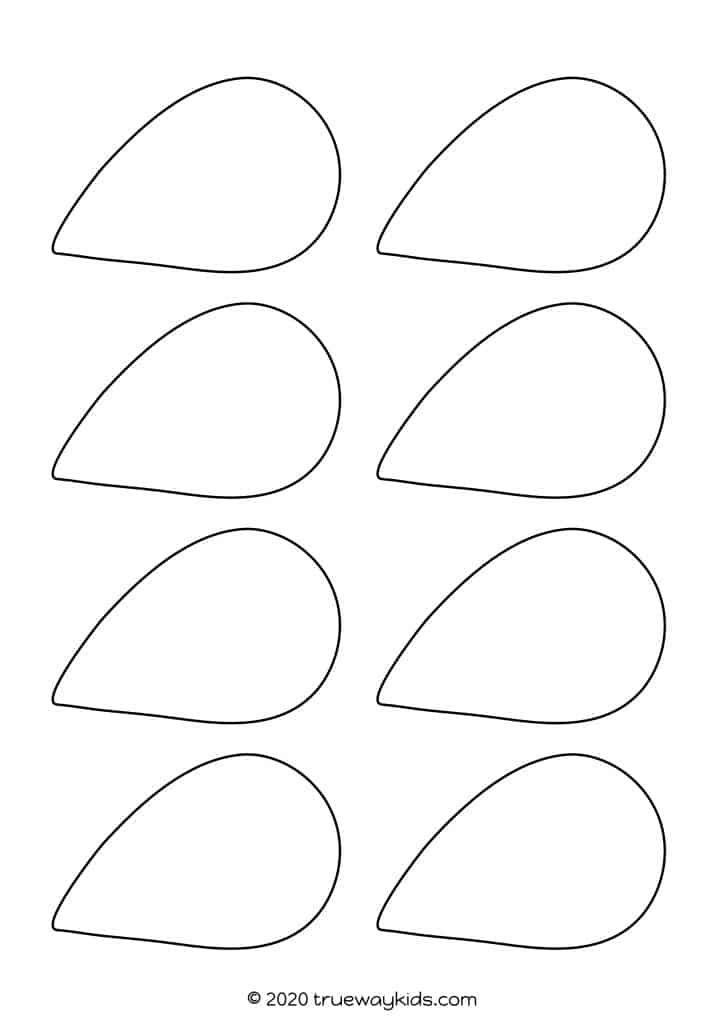
What you need:
- 2 Paper plates
- Paint and brushes
- Glue
- Seeds template
- Pens
- Scissors
What to do:
- Paint half of the underside of a paper plate brown and the inside of another paper plate blue. Allow to dry.
- Cut the brown paper plate in half and glue to blue plate.
- Cut out seeds from template. Write on some Bible memory verses and ‘plant’ in the soil.
Download the lessons for FREE

Translations

Sign Up for FREE Weekly Bible Lessons!
Get a free printable Bible lesson delivered to your inbox every Friday—perfect for teaching and engaging with your children.
Every lesson includes lesson guides, story, worksheets, colouring pages, craft and more.
Simply enter your details below to start receiving these valuable resources for free!

